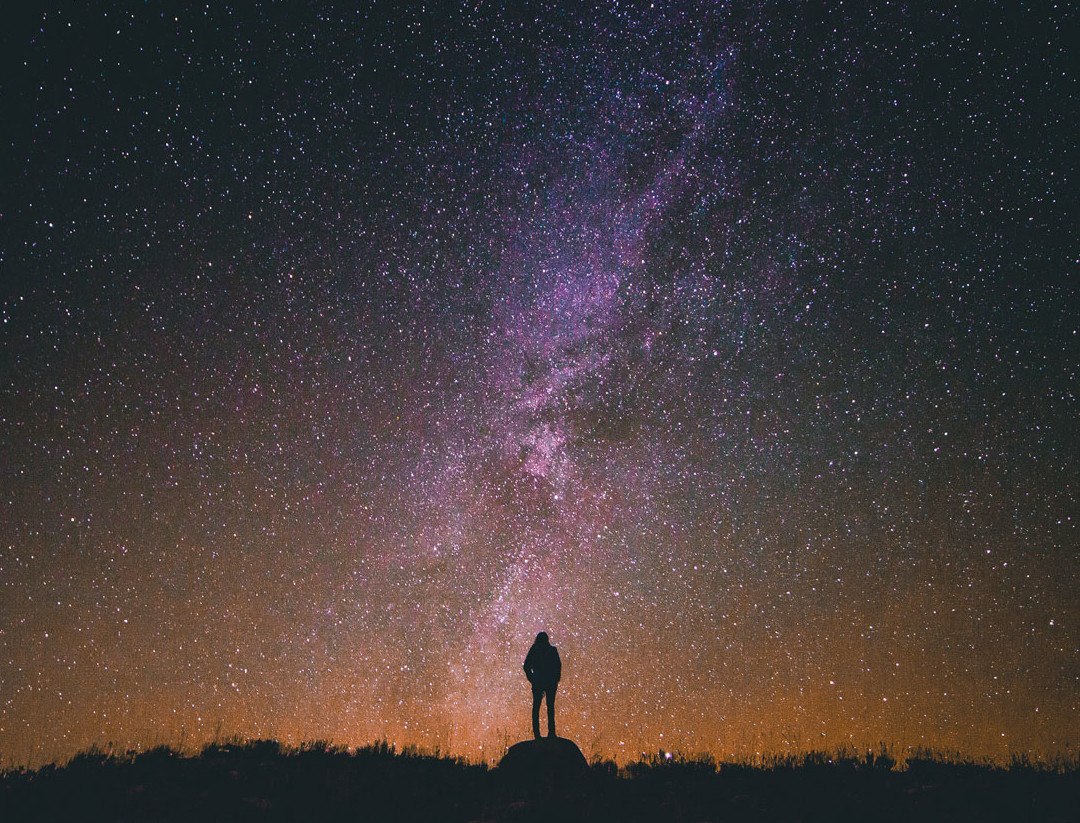Yesterday, the people behind the Wordnik Twitter account shared an article about how researchers at the University of Vermont have discovered that all stories follow one of six arcs.
These are the arcs they identified by data-mining more than 1,700 novels:
“Rags to riches”: Steady rise
“Riches to rags” or “Tragedy”: Steady Fall
“Man in a hole”: Fall-Rise
“Icarus”: Rise-Fall
“Cinderella”: Rise-Fall-Rise
“Oedipus”: Fall-Rise-Fall
This would be interesting, except…
Click to continue reading on the Resonant Storytelling Substack
Photo credit: Greg Rakozy

